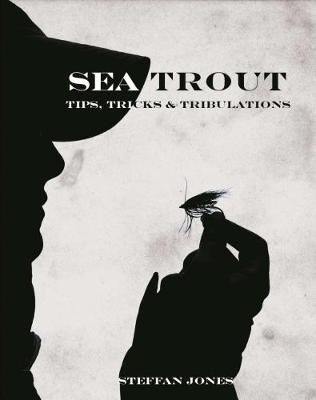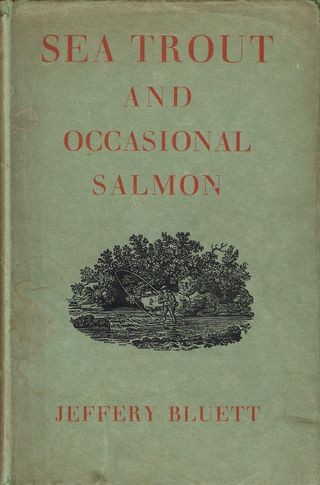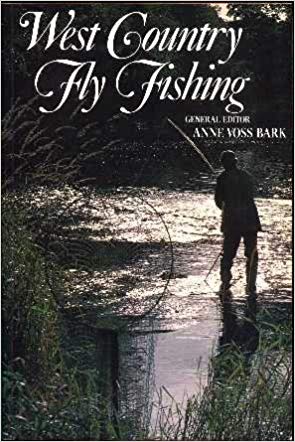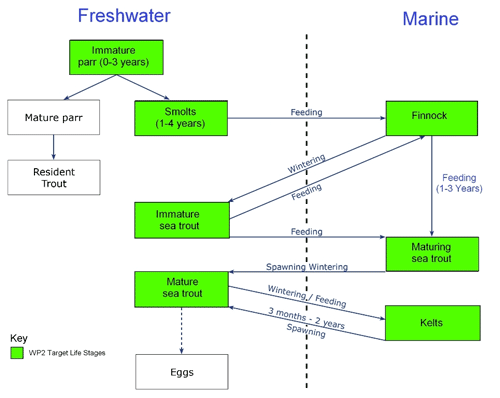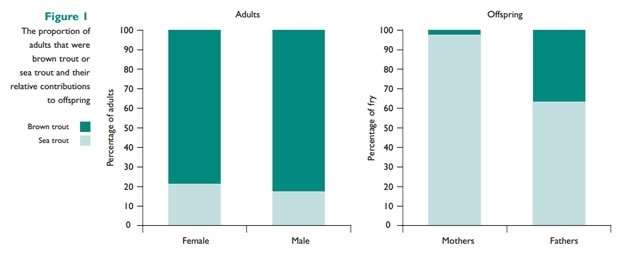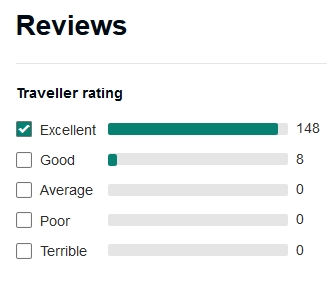 I explore the role of sea trout in Devon rivers
using some historic data in my article
Are we killing the sea
trout that lay the
golden eggs? published in the Wild Trout Trust's annual journal Salmo Trutta in 2022. Author's proof copy available here.
I explore the role of sea trout in Devon rivers
using some historic data in my article
Are we killing the sea
trout that lay the
golden eggs? published in the Wild Trout Trust's annual journal Salmo Trutta in 2022. Author's proof copy available here.

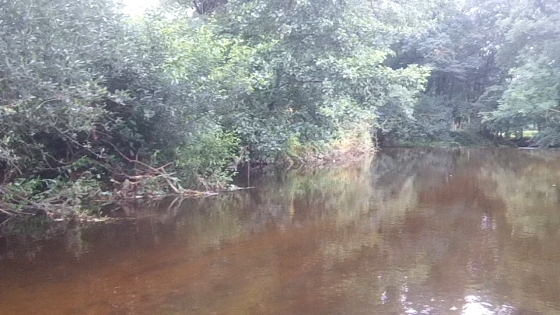 On local rivers, during the day sea trout tend to lie in, or close to,
slower deeper water with overhanging trees or bankside
vegetation that provides shading. These lies provide protection from predators
and allow the fish to conserve energy.
On local rivers, during the day sea trout tend to lie in, or close to,
slower deeper water with overhanging trees or bankside
vegetation that provides shading. These lies provide protection from predators
and allow the fish to conserve energy. It is easier to catch sea trout during the day when the water
is clearing after a Summer spate. But they can also be caught in low water
conditions.
It is easier to catch sea trout during the day when the water
is clearing after a Summer spate. But they can also be caught in low water
conditions.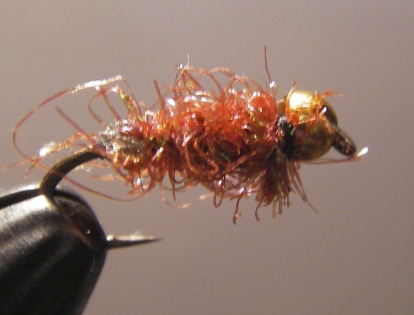 Advice from Roy Buckingham: "For daytime fishing I use small weighted wet flies such as coachman or
black and peacock spider, or goldhead nymphs, hares ear or prince, sizes
12 and 14 or even smaller at times. On our small to medium sized rivers
fish all methods upstream during the day. Wet flies and nymphs should be
cast upstream or up and across and allowed to sink for three or four seconds
before starting to retrieve slightly faster than the current. If there
is little or no current, use the induced take method with a weighted nymph.
Cast upstream and wait for the nymph to sink almost down to the bottom,
and then slowly raise the rod tip, drawing the nymph up towards the surface."
Advice from Roy Buckingham: "For daytime fishing I use small weighted wet flies such as coachman or
black and peacock spider, or goldhead nymphs, hares ear or prince, sizes
12 and 14 or even smaller at times. On our small to medium sized rivers
fish all methods upstream during the day. Wet flies and nymphs should be
cast upstream or up and across and allowed to sink for three or four seconds
before starting to retrieve slightly faster than the current. If there
is little or no current, use the induced take method with a weighted nymph.
Cast upstream and wait for the nymph to sink almost down to the bottom,
and then slowly raise the rod tip, drawing the nymph up towards the surface." 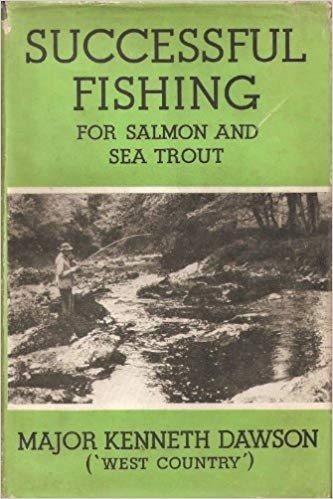 Roy Buckingham added "Sometimes you will see them feeding on surface flies, but they can be
taken on dry fly even when you do not see any rising. It is always a great
advantage if you can see the fish, because if a dry fly is cast well upstream
and allowed to drift over the fish, I have found this much less effective
than casting into the sea trout’s window of vision, which can sometimes
create an immediate response."
Roy Buckingham added "Sometimes you will see them feeding on surface flies, but they can be
taken on dry fly even when you do not see any rising. It is always a great
advantage if you can see the fish, because if a dry fly is cast well upstream
and allowed to drift over the fish, I have found this much less effective
than casting into the sea trout’s window of vision, which can sometimes
create an immediate response."  Roy Buckingham's advice is based on many years of practical experience. But the question remains: "Why do these techniques work?". In his book The Sea Trout Diaries (2007), local angler Robert Mountjoy suggests that sea trout have two visual zones:
Roy Buckingham's advice is based on many years of practical experience. But the question remains: "Why do these techniques work?". In his book The Sea Trout Diaries (2007), local angler Robert Mountjoy suggests that sea trout have two visual zones:
Posted by Jeff Pearce on Sunday, 23 August 2020
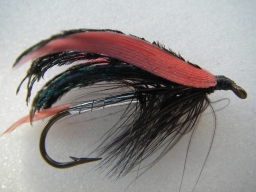
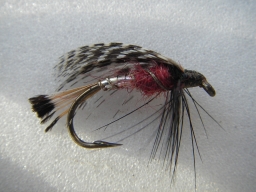

DUSK IS FALLING AT THE WILLOWS A short walk from home is a pool in our little river which we call ‘Willows’. Late in...
Posted by Tony Andrews on Wednesday, 2 September 2020
